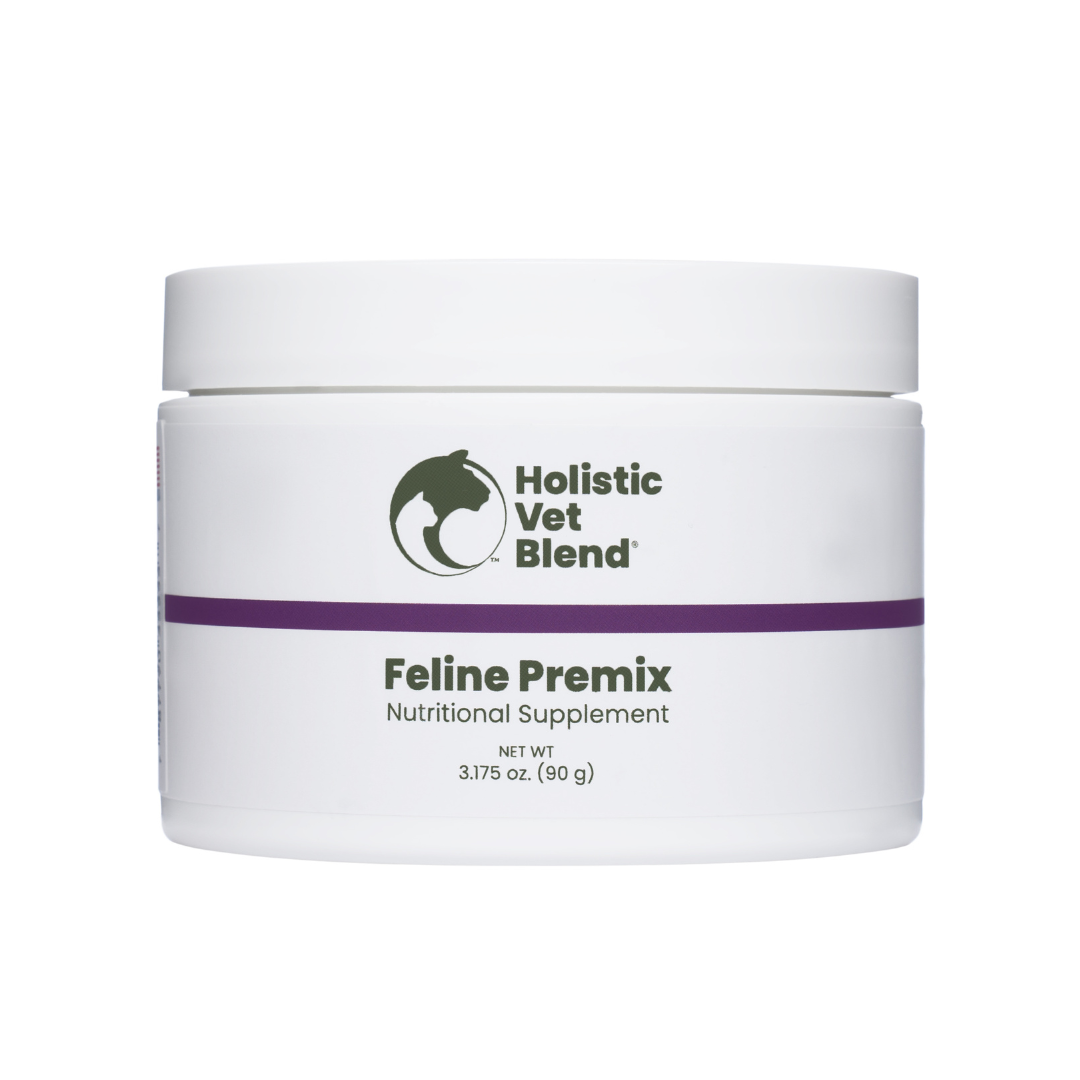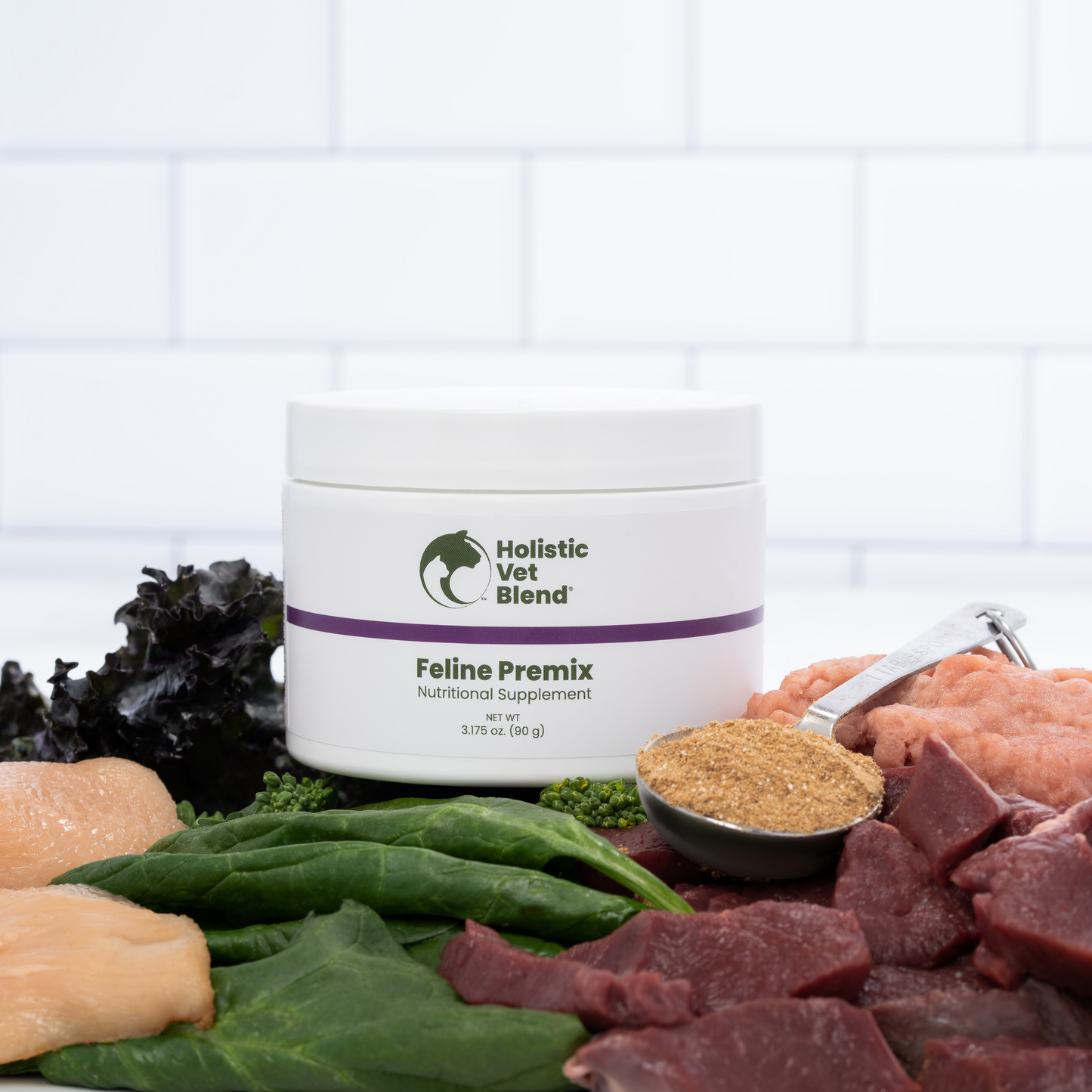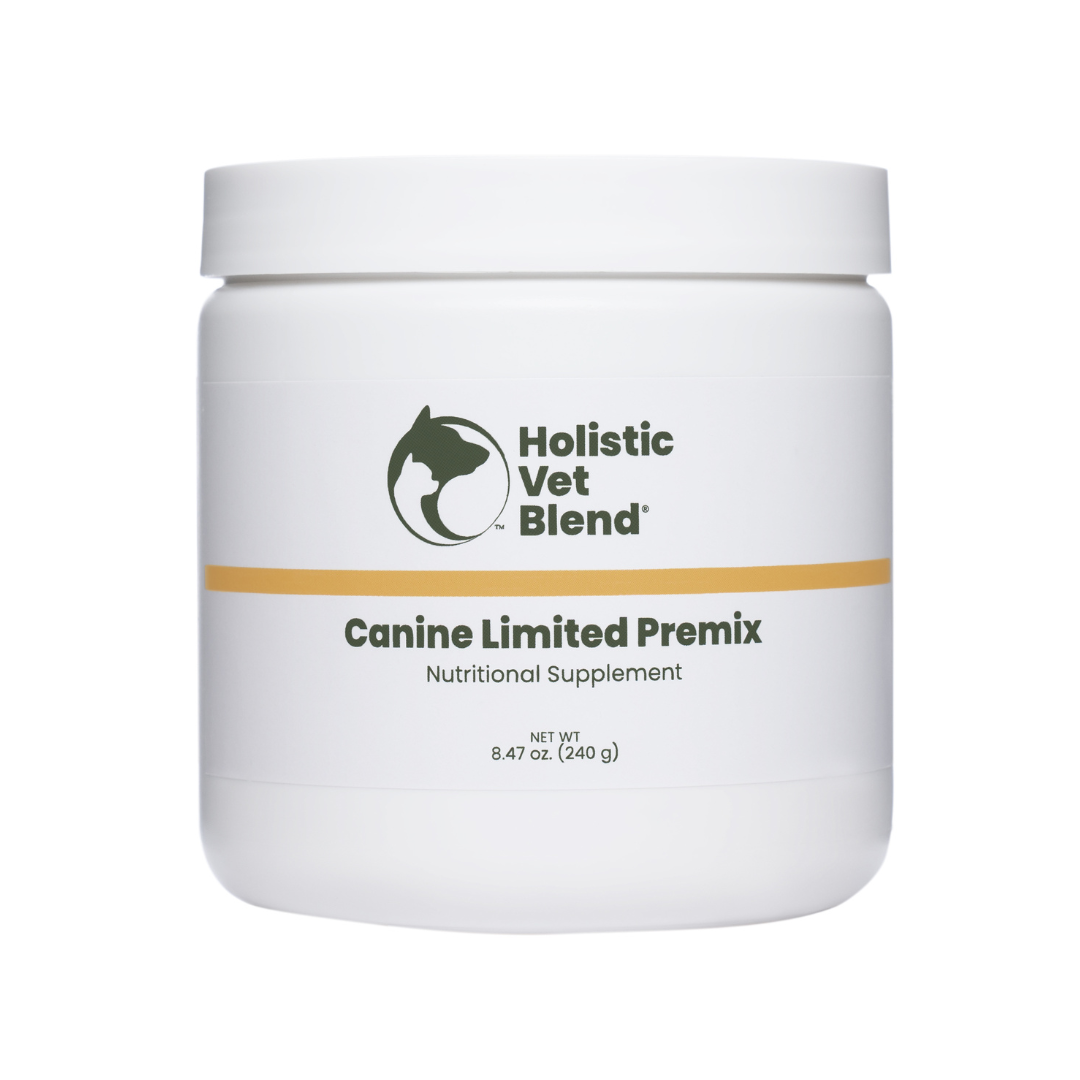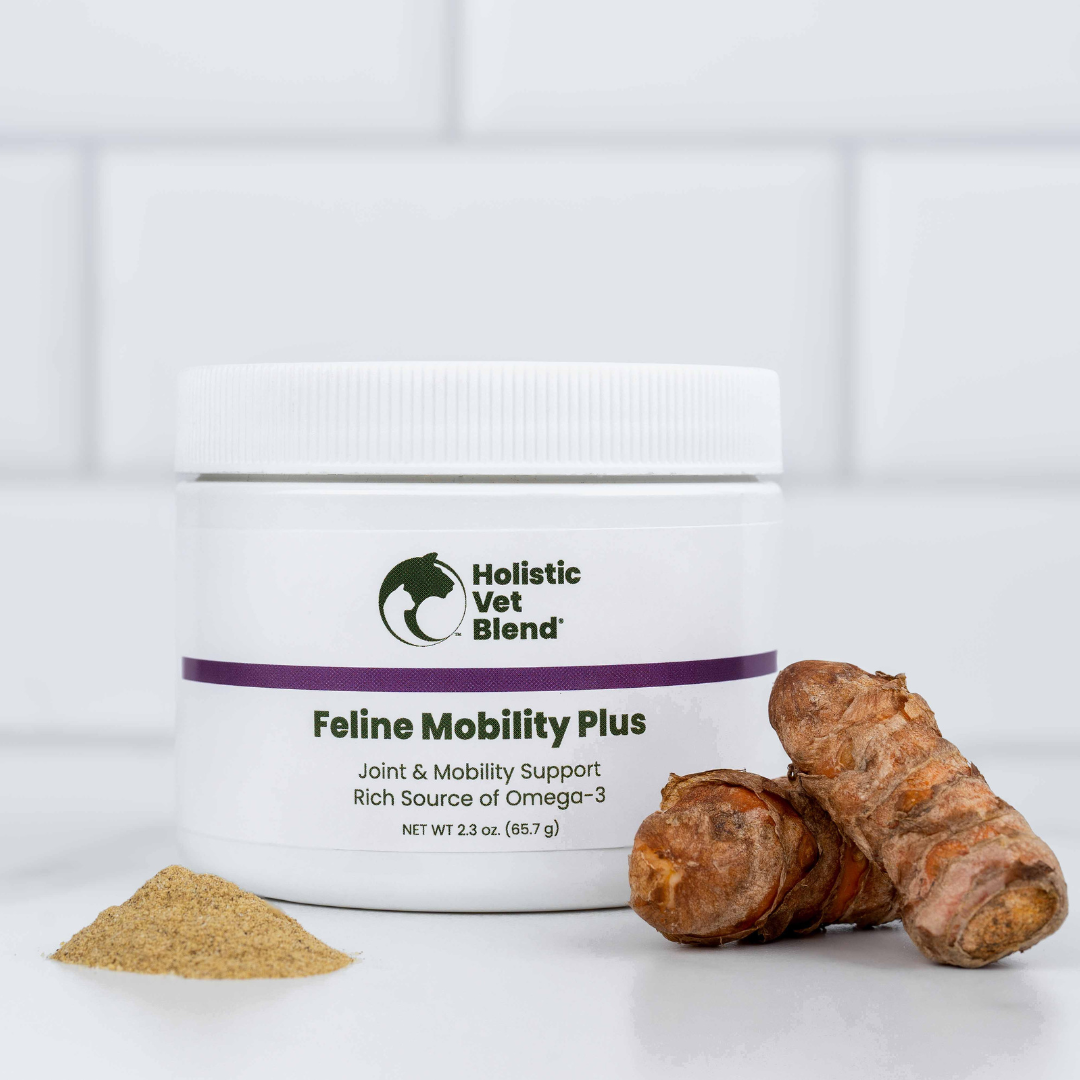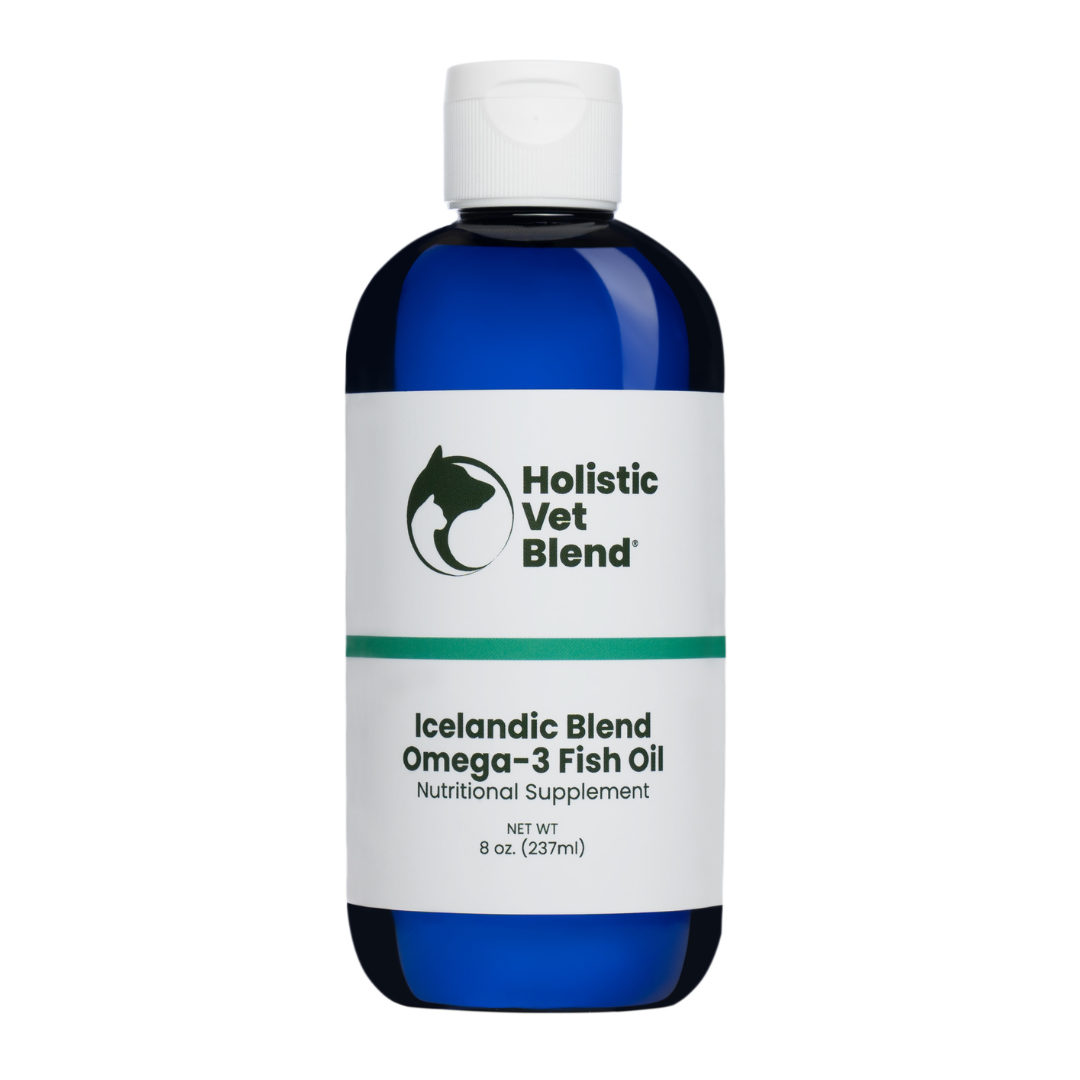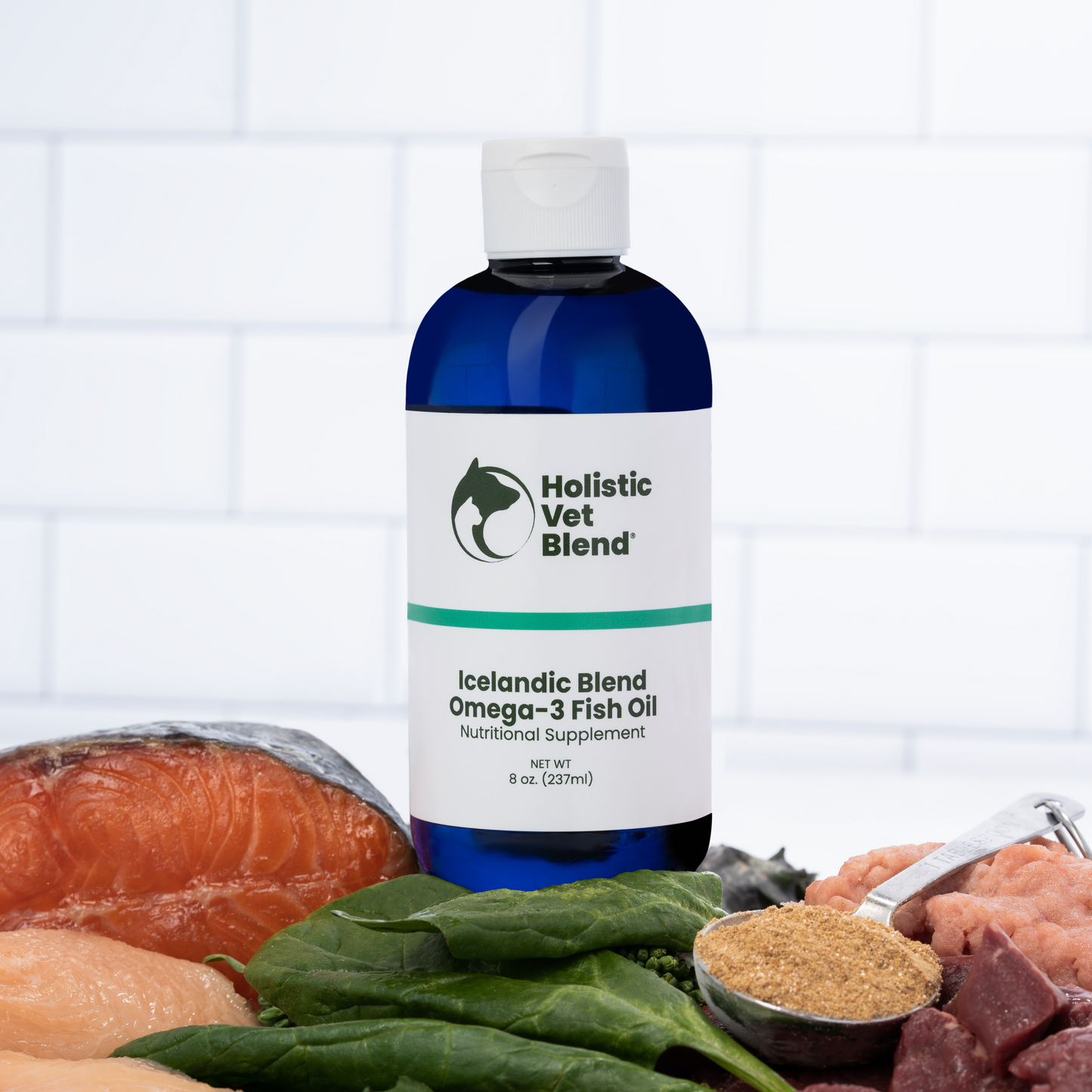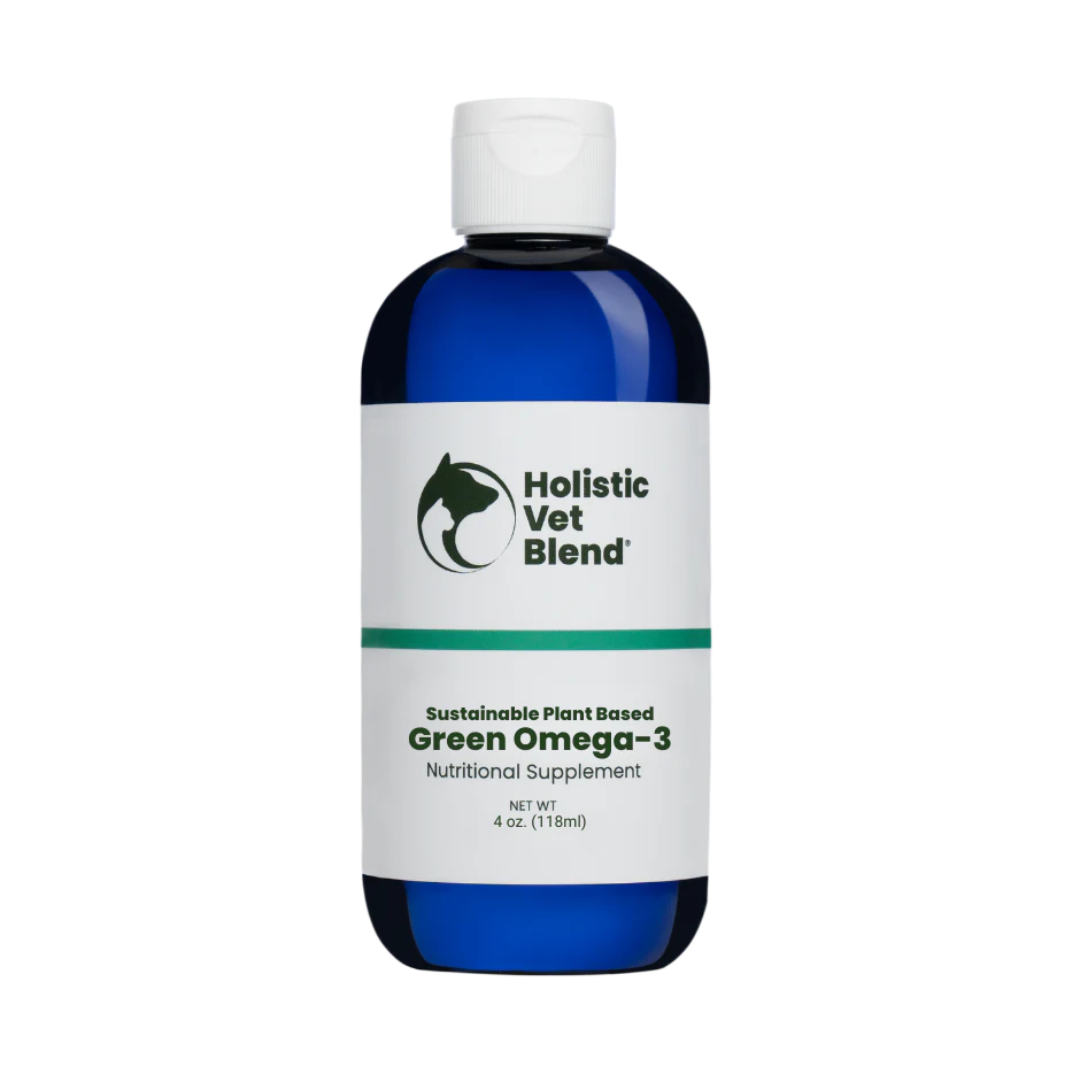
Don't let those leftover turkey parts go to waste! Instead of tossing out the necks, bones, and giblets, transform them into a mouthwatering broth that will not only elevate your soups but also bring joy to your furry friends. Bone broth is not only packed with flavor, but it also boasts a myriad of health benefits.
Turkey bone broth is great for soup recipes for humans and provides a delightful treat for our pets, as it can be added to their meals to encourage them to stay hydrated and to add a delicious taste to their regular meals (especially kibble). I use it in my recipes instead of water.

Many bone broth recipes have salt, onions, and garlic added to the recipe. I make turkey bone broth without these added so that my pets can enjoy it, too. Instead, I add salt, onions, and garlic when I use the bone broth stock in my soup recipes. It's a win-win!
In this blog post, we'll show you how to create a pet-friendly version of this nutrient-rich elixir, and you will be reducing food waste at the same time. Get ready to unleash your culinary creativity and nourish both yourself and your pets with a delicious and sustainable solution!
Bone Broth stock benefits
Bone broth has been cherished for centuries for its nourishing properties, and it's no different for our pets. This golden elixir is packed with essential nutrients that contribute to optimal pet health. It provides hydration, supports joint health, aids digestion, promotes a healthy coat, boosts the immune system, and even helps alleviate inflammation. It's truly a gift that keeps on giving!
Why pay for flavored water?
Have you seen the cost of bone broth or stock lately? It's anywhere from $3-$7.00. By making your own turkey bone broth, you have less food waste and less packaging waste when you avoid buying cartons of something you can make and freeze ahead for future use.
How to use Turkey Bone Broth
Home-made turkey stock can be used for a range of purposes. This can be used in almost any cooking recipe that uses chicken broth. My experience is that turkey stock is richer and deeper in flavor.
Do I need to make it right away?
You can freeze the turkey bones and vegetable scraps to make your turkey bone broth later.
Ingredients Needed for Pet-Friendly Bone Broth
- Leftover turkey carcass bones with meat removed (whatever meat falls off after making broth, you can add to a soup), it's o.k. to include the skin, but you will need to make sure you skim the fat from the broth later.
- Turkey neck and giblets if they were included with your turkey. The neck bones are rich in collagen, and the giblets are considered a nutrient-dense food as they are rich in B vitamins, vitamin A, coQ10, and trace minerals such as selenium, coQ10, zinc, iron, and copper. Turkey meat is high in taurine as well.
- 1/4 cup apple cider vinegar: helps release the nutrients, minerals, and collagen into the broth
- 2-3 carrots helps add flavor and nutrients (optional)
- 2-3 ribs of celery for flavor and nutrients (optional)
**Don't go out and buy celery or carrots to make your broth. You can make it without these. They add flavor and nutrients but are not necessary. It's a good idea to save your vegetable scraps and freeze them to add to future broths. This is a great way to decrease food waste.
**Optional to add chicken feet or a pig's foot to have a more gelatinous broth rich with collagen. I don't bother with this, as It's just not my cup of broth, no pun intended.
**Note: I do not add any salt, garlic, or onions as I feed this to my cats. It's not recommended to add problem onion or garlic to broth that will be fed to pets.
Truthfully, for dogs, some added onion, so long as you don't overdo it, is not a problem for a medium or large dog.
Because I feed the bone broth to my cats, I avoid adding onions or garlic. Instead, I add onions and spices to the broth when I season it for soups or other recipes later. That way, the turkey bone broth can be used for both pets and the human's recipes.
Stock Pot method for turkey bone broth
Add the turkey carcass, carrots, celery, water, and apple cider vinegar to a large stock pot or slow cooker and cover with 1 inch of water.
For the stock pot method, bring the water to a boil and turn it down to low for a slow simmer for at least 8-12 hours. Skim the film off the top and add water continuously to keep the bones covered.
Slow Cooker method for making turkey bone broth
For the slow cooker, add all the ingredients and cover with at least 1 inch of water. Cook on low heat for 12-24 hours.
Cool (throw in some ice cubes) and remove the large bones with tongs. Pour through a strainer into a large container.
Instant pot/Pressure Cooker turkey bone broth recipe
Add the turkey carcass, turkey neck, giblets, carrots, celery, water, and apple cider vinegar to a large stock pot or slow cooker and cover with 1 inch of water. I prefer an 8-quart pot as 6 quarts is too small for the carcass. If necessary, break up the turkey carcass so everything fits in the pot.
Cook on high pressure for 2 hours. Allow a natural release.
Remove the large pieces of the turkey carcass from the pot with tongs. Strain broth with a fine mesh strainer.
How do I store my turkey bone broth?
I keep Mason jars full of stock in my refrigerator for 5 days for recipes that I'm using during the week.
For the rest, I will refrigerate and skim the fat off the top before freezing. This is especially easy if you add the broth to mason jars, as you can skim off the fat easily when it rises to the top.
You can also use freezer bags. Just make sure to lay them flat so they freeze and stack easily.
Ice cube trays work well if you want to have servings to add to individual meals. Pop out the cubes and place them in a freezer bag for easy access when adding to meals.
Store for up to 3 months in the freezer.
Health and Dietary Considerations of Turkey Bone Broth
Turkey bone broth is not only a delicious and flavorful addition to your meals but also offers a range of health benefits. Packed with essential nutrients, including the amino acid glycine, glucosamine, chondroitin, and gelatin.
Turkey bone broth is rich in glycine, which is a powerful anti-inflammatory amino acid.
Glucosamine and chondroitin are beneficial for joint health.
The collagen and gelatin present in the broth promotes healthy hair, nails, and skin, along with supporting joint health.
Additionally, this gut-healing elixir can help reduce inflammation, improve digestion, boost the immune system, and even benefit leaky gut syndrome. With its rich nutrient profile and potential to support overall wellness. incorporating turkey bone broth into your diet is a smart and tasty choice.
Afterthoughts on Leftover Turkey and Making Stock
I love having stock on hand for soups such as this New York Times Red Lentil Soup recipe. My family absolutely loves this recipe, and it stands alone for a dinner.
My broth didn't gel. What went wrong?
You usually need to add chicken, turkey, or pigs feet to get a thicker, more gelatinous texture. There will be more collagen and beneficial nutrients from the connective tissue in these cartilage-rich parts. Honestly, I was overdoing this pretty quickly. I would rather have some benefit than no benefit, and I'm not a bone broth snob! Less of something is better than nothing when I don't have to drive to Whole Foods to get chicken feet to add to my bone broth recipes! And the whole point of this blog post is not to waste food and spend gas driving around looking for chicken or pig's feet.
The holiday season is upon us, and as we gather around the table to indulge in delicious feasts, it's important to remember that our furry friends deserve a special treat, too. Unfortunately, many holiday indulgences can be harmful to our pets. Instead, unleash this healthy way to include them in our post-holiday celebrations: by making bone broth from the leftover turkey carcass.




